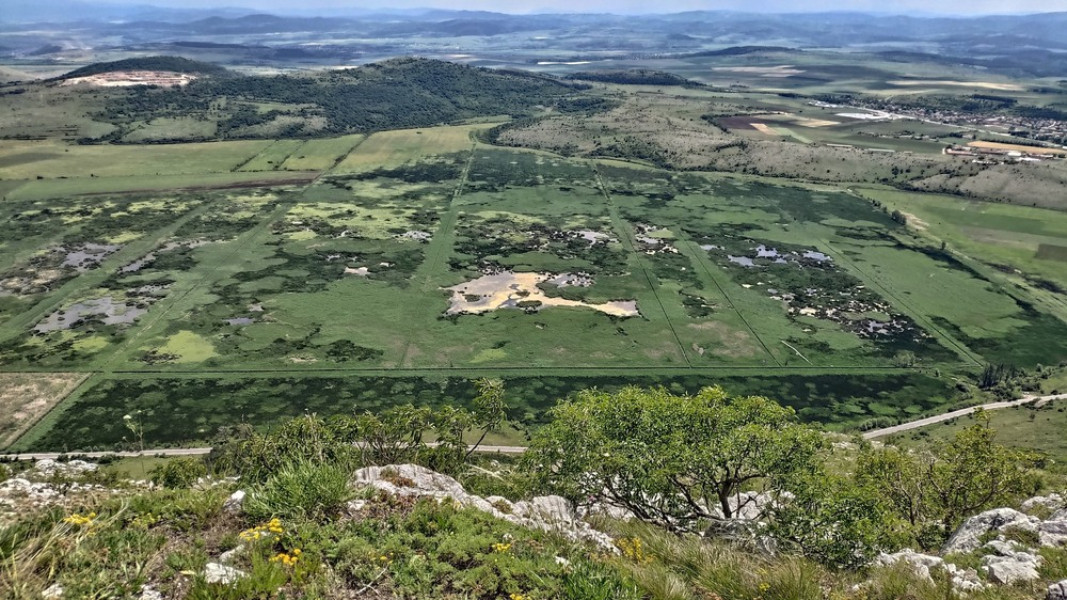


Tourists show great interest in the 121st edition of the Rose Festival in Kazanlak, deputy mayor Srebra Kaseva said for BTA. Tourist groups from all over the world are expected to visit the town. The accommodation in Kazanlak is fully booked for May..
Charter flights from Mexico to Sofia will run every two weeks until the end of November 2024, bgtourism.bg reports. A few days ago, a plane of a Bulgarian airline carrying 320 Mexican tourists landed at Sofia airport. I t turns out that..
The Rose Festival in the municipality of Karlovo started with a demonstration of the rose-harvesting ritual in the rose gardens of the "Eco Rose Valley" in the town of Klisura. "It is no coincidence that one of the symbols of our country was born in..

+359 2 9336 661
